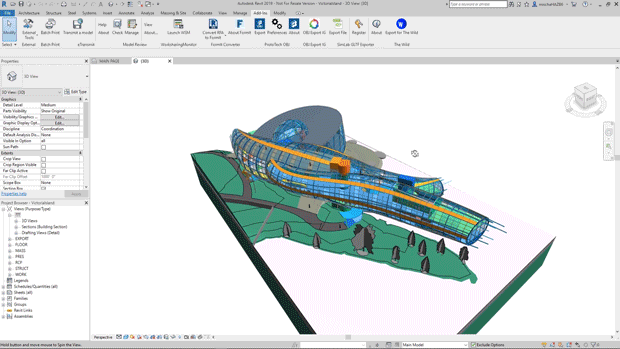Imagining new futures for students, nurses, prisoners and more — from extendedmind.io
Excerpt:
Jessica Outlaw and Trevor F. Smith hosted an interdisciplinary gathering of educators, technologists, and designers at the Outlaw Center for Immersive Behavioral Science at Concordia University to discuss how instructional design can be transformed by the unique capabilities of immersive web technology, with an emphasis on VR & AR.
This blog is part 2 of the recap of the Instructional Design Summit that took place on June 3, 2019. To read part 1, which covered what experts in instructional design said about the immersive web, click here.
In this blog post, we will share output from the day’s workshop activity. The goal was to stimulate new ideas, build connections across disciplines, and give participants the experience of imagining multiple futures in a systemic way.
From DSC:
I appreciated their offering up potential scenarios or futures for each area. We all need to be doing this and thinking like this.











